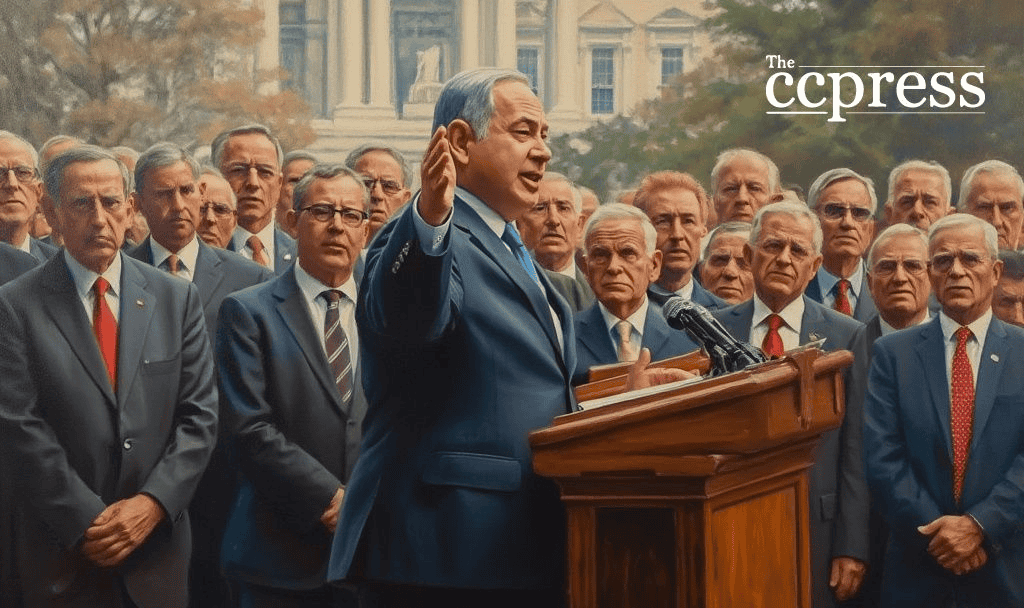- Netanyahu aims to remove trade barriers with the U.S.
- Affects Israeli exports.
- Short-term trade volume adjustments anticipated.

Netanyahu’s pledge to remove the trade deficit signifies a shift towards tariff alignment and could impact Israel’s economic landscape.
Joint Press Conference Announcement
Netanyahu, the Israeli Prime Minister, declared an ambition to eliminate the trade deficit with the United States in a joint press conference at the White House. He emphasized Israel’s commitment to free and fair trade principles. Netanyahu’s statement reinforces an alignment with President Trump’s trade policies, advocating the removal of all trade barriers between the two nations. As Netanyahu stated, “We will eliminate the trade deficit with the United States… and remove all trade barriers.” source. The U.S’s recent tariffs on Israeli exports are part of the context in which this announcement is made.
Market and Political Impacts
Immediate market impacts may involve shifts as tariffs on Israeli goods remain in place. Netanyahu asserted removing trade barriers could bolster competitiveness by potentially reducing export costs. Financial shifts are expected as industries and markets adjust to Israel’s strategic economic stance. Political ramifications are also evident, given the emphasis on bilateral relations and potential shifts in trade policy affecting both nations. Historically, trade policy changes influence currency and industry valuations, reflecting broader economic expectations.
The exact influence on cryptocurrency markets remains uncertain, as no direct link has been identified with the current policy shift. For ongoing insights and updates, follow Lazar Berman.
Long-term Economic Realignment
Long-term impacts include possible changes in industry standards as Israel navigates new trade environments. The economic realignment could lead to regulatory developments, influencing future tussles over trade and tariffs. Past trade agreements offer analogies, showcasing how strategic alignment can reshape economic landscapes over time.
